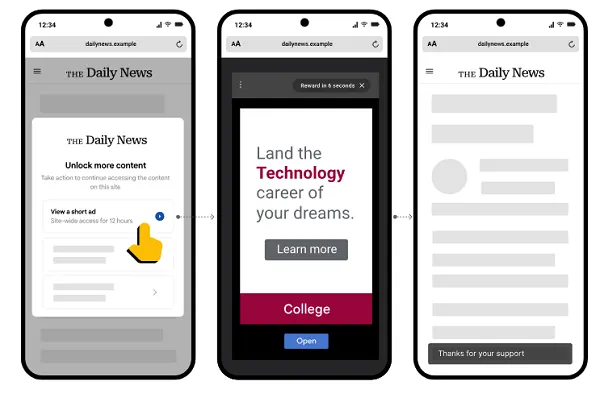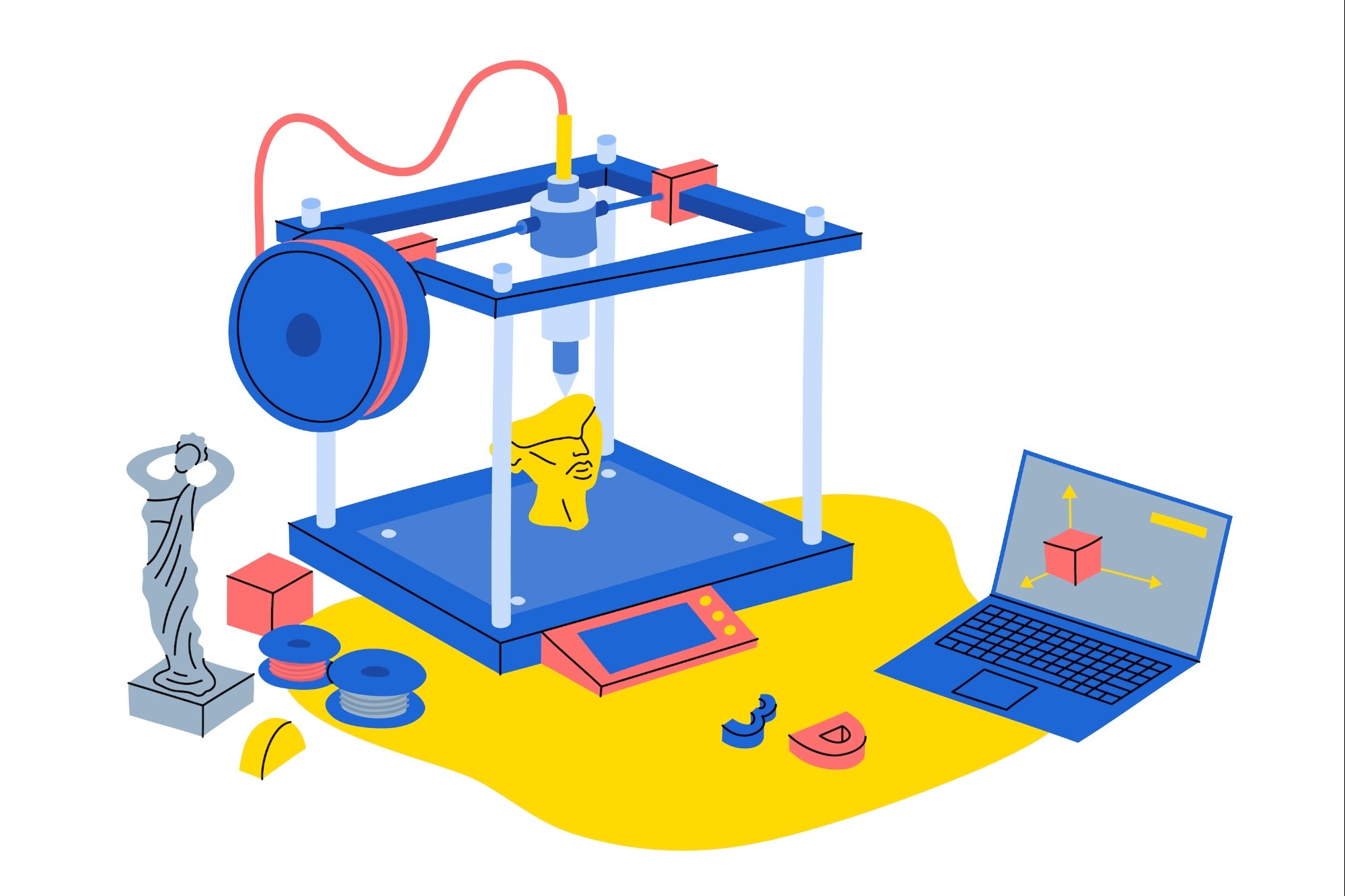3 Ways to encourage AI fluency at work
In my conversations with business leaders around the world, I consistently hear the same phrase to describe what they want to achieve for their workforce: AI fluency. I often tell them that to achieve AI fluency, we need to treat it as a foreign language. Like learning a new language, becoming AI fluent requires dedication, immersion, and practice. Fluency transforms how we think and communicate. Becoming fluent requires us to overcome the fear of making mistakes or incurring risks. Yet there’s one crucial difference between achieving fluency in AI versus a new language: When learning a new language, we step into an established culture. With AI, we’re learning the culture while simultaneously creating it. The big question: How can organizations build these cultures and become laboratories of AI fluency? Here are three ways to foster AI fluency. 1. Create an immersive environment Whether we’re learning Spanish, Mandarin, or any of the other 7,000 languages in the world, immersion is an essential step to fluency. Living where the language is spoken forces you to adapt, to think differently, and to develop new neural pathways. AI requires the same commitment. Organizations are uniquely positioned to create these immersive environments where employees interact with AI tools daily, not as occasional novelties but as essential components of their workflow. From Udemy’s work with thousands of organizations around the world, helping to create these environments, we’ve found that organizations succeed when they integrate AI across departments, from marketing teams using generative AI for content creation to HR departments employing AI-powered skills assessments. Immersive environments are built when employees understand they need to become fluent to reach their goals. That means the most successful AI adoption happens when tools directly address employees’ pain points. Just as language learners progress faster when they need the right words to order food or navigate transportation, employees embrace AI more readily when it solves real problems they face. Organizations seeking AI fluency must balance structure with exploration. Consider how language learning works: Structured lessons provide grammar and vocabulary, but real learning happens through conversation and experimentation. Similarly, building organizational AI fluency requires a few basic building blocks: Upskilling on foundational AI capabilities and limitations, like learning the rules of grammar. Creating a sandbox-style environment where people can experiment without fear of consequences. Developing communities of practice where people can find social support to troubleshoot, ask questions, celebrate successes, and motivate each other to keep experimenting. Establishing guidelines for when to rely on human judgment versus AI, how to evaluate AI outputs, and how to maintain human connection in AI-mediated interactions. 2. Overcome fluency barriers The barriers to AI fluency mirror those of language learning. Fear of embarrassment prevents many language learners from practicing conversation, just as fear of looking incompetent may prevent employees from experimenting with AI. Imposter syndrome—the feeling that everyone else knows more than you do—impacts both AI and language fluency. The solution is creating psychologically safe environments where questions are welcomed, and mistakes are treated as learning opportunities. Leaders like Salesforce CEO Marc Benioff model this by encouraging employees to approach new challenges with a “beginner’s mind,” getting curious instead of expecting immediate mastery and understanding. What’s more, both language learners and AI adopters often experience an “uncanny valley” stage where they know enough to recognize their limitations but not enough to feel confident. Supporting people through this phase is critical. This is where many abandon the journey if they’re not properly encouraged. In this case, encouragement can come not only from leaders, but from the environments leaders create such as building supportive communities of practice where learners can share their struggles with gaining fluency. This normalizes the experience, while reminding them that this uncomfortable stage is not just common but also a sign of meaningful growth. 3. Create culture while learning This is where the language metaphor ends. While becoming AI fluent, we’re simultaneously students and architects of the culture. This dual role presents unprecedented responsibility and opportunity. Leaders must consciously shape how AI integrates into the organizational culture by establishing rules and norms that preserve human creativity and connection while leveraging AI’s capabilities. This means modeling thoughtful AI usage, celebrating innovative applications, and continuously reinforcing that AI serves human objectives, not the reverse. The organizations that thr

In my conversations with business leaders around the world, I consistently hear the same phrase to describe what they want to achieve for their workforce: AI fluency.
I often tell them that to achieve AI fluency, we need to treat it as a foreign language.
Like learning a new language, becoming AI fluent requires dedication, immersion, and practice. Fluency transforms how we think and communicate. Becoming fluent requires us to overcome the fear of making mistakes or incurring risks.
Yet there’s one crucial difference between achieving fluency in AI versus a new language: When learning a new language, we step into an established culture. With AI, we’re learning the culture while simultaneously creating it.
The big question: How can organizations build these cultures and become laboratories of AI fluency? Here are three ways to foster AI fluency.
1. Create an immersive environment
Whether we’re learning Spanish, Mandarin, or any of the other 7,000 languages in the world, immersion is an essential step to fluency. Living where the language is spoken forces you to adapt, to think differently, and to develop new neural pathways.
AI requires the same commitment. Organizations are uniquely positioned to create these immersive environments where employees interact with AI tools daily, not as occasional novelties but as essential components of their workflow. From Udemy’s work with thousands of organizations around the world, helping to create these environments, we’ve found that organizations succeed when they integrate AI across departments, from marketing teams using generative AI for content creation to HR departments employing AI-powered skills assessments.
Immersive environments are built when employees understand they need to become fluent to reach their goals. That means the most successful AI adoption happens when tools directly address employees’ pain points. Just as language learners progress faster when they need the right words to order food or navigate transportation, employees embrace AI more readily when it solves real problems they face.
Organizations seeking AI fluency must balance structure with exploration. Consider how language learning works: Structured lessons provide grammar and vocabulary, but real learning happens through conversation and experimentation.
Similarly, building organizational AI fluency requires a few basic building blocks:
- Upskilling on foundational AI capabilities and limitations, like learning the rules of grammar.
- Creating a sandbox-style environment where people can experiment without fear of consequences.
- Developing communities of practice where people can find social support to troubleshoot, ask questions, celebrate successes, and motivate each other to keep experimenting.
- Establishing guidelines for when to rely on human judgment versus AI, how to evaluate AI outputs, and how to maintain human connection in AI-mediated interactions.
2. Overcome fluency barriers
The barriers to AI fluency mirror those of language learning. Fear of embarrassment prevents many language learners from practicing conversation, just as fear of looking incompetent may prevent employees from experimenting with AI. Imposter syndrome—the feeling that everyone else knows more than you do—impacts both AI and language fluency.
The solution is creating psychologically safe environments where questions are welcomed, and mistakes are treated as learning opportunities. Leaders like Salesforce CEO Marc Benioff model this by encouraging employees to approach new challenges with a “beginner’s mind,” getting curious instead of expecting immediate mastery and understanding.
What’s more, both language learners and AI adopters often experience an “uncanny valley” stage where they know enough to recognize their limitations but not enough to feel confident. Supporting people through this phase is critical. This is where many abandon the journey if they’re not properly encouraged. In this case, encouragement can come not only from leaders, but from the environments leaders create such as building supportive communities of practice where learners can share their struggles with gaining fluency. This normalizes the experience, while reminding them that this uncomfortable stage is not just common but also a sign of meaningful growth.
3. Create culture while learning
This is where the language metaphor ends.
While becoming AI fluent, we’re simultaneously students and architects of the culture. This dual role presents unprecedented responsibility and opportunity.
Leaders must consciously shape how AI integrates into the organizational culture by establishing rules and norms that preserve human creativity and connection while leveraging AI’s capabilities. This means modeling thoughtful AI usage, celebrating innovative applications, and continuously reinforcing that AI serves human objectives, not the reverse.
The organizations that thrive will be those that build immersive environments where employees can become AI fluent and build cultures where technology amplifies uniquely human capabilities. In a workplace where managers offload administrative or basic creative tasks to AI agents, employees would gain hours back in their day. This would allow them to spend more time coaching their teams, helping them solve problems, identify opportunities for growth, and learn the best ways to motivate them during times of change and upheaval.
The journey to this future begins with recognizing that AI, like any language, isn’t just a skill to acquire but a new way of thinking.
Hugo Sarrazin is the CEO of Udemy.











![What Is a Markup Language? [+ 7 Examples]](https://static.semrush.com/blog/uploads/media/82/c8/82c85ebca40c95d539cf4b766c9b98f8/markup-language-sm.png)





















































































































































































